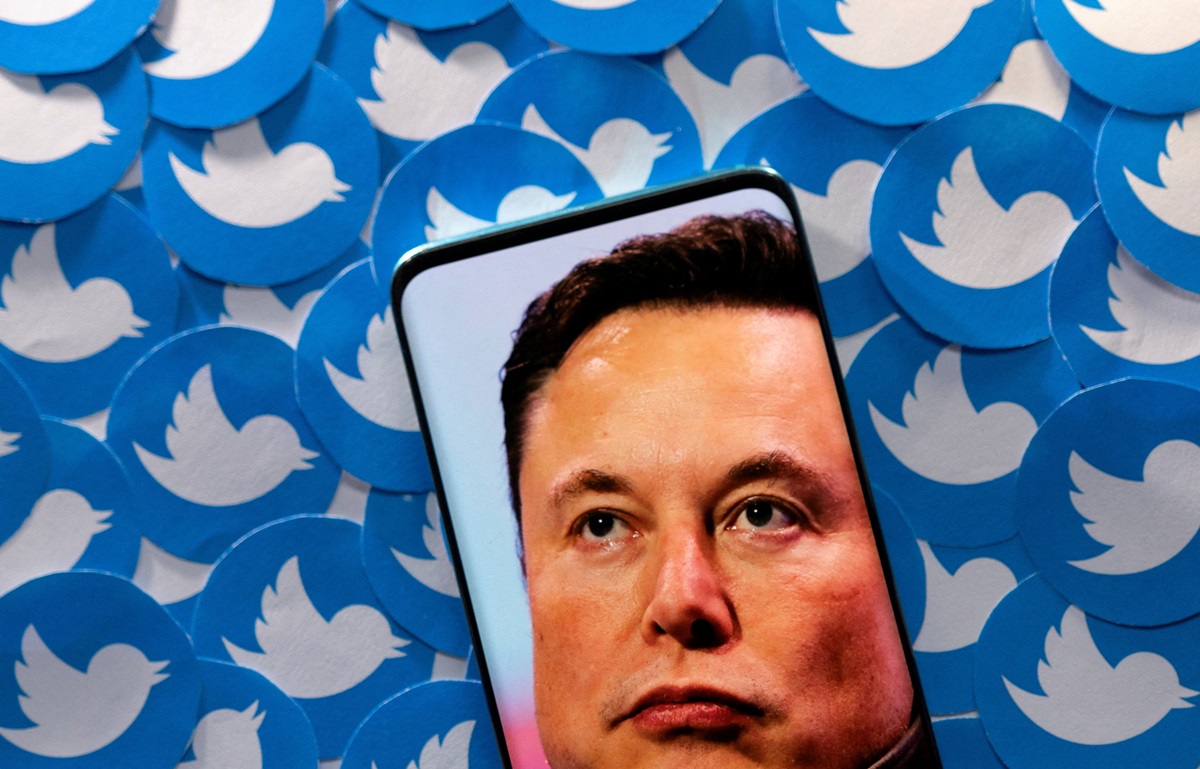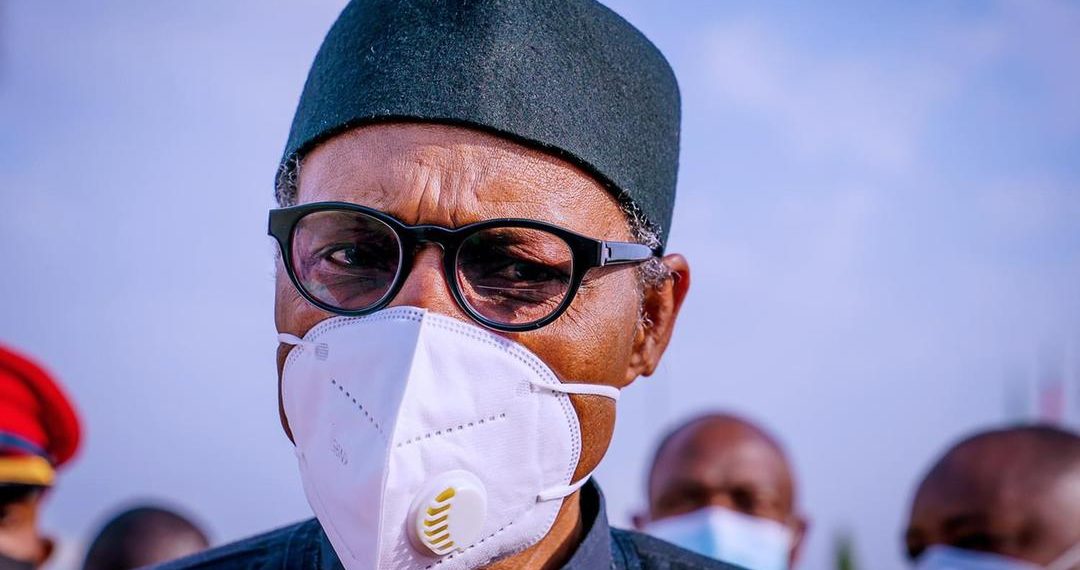The digitisation of Nigeria’s economic sectors is critical to achieve the envisioned growth that the country seeks. Rapid digitalisation has also impacted the world of advertising, with the country’s current digital advertising sphere worth over $179.20 million. Still, digital advertising is having a shift and evolving in Nigeria.
Brian Abel, the Regional Sales Manager, West Africa for Ad Dynamo by Aleph shares four drivers that would impact Nigeria’s digital advertising in 2023:
Nigeria has long been considered Africa’s largest economy in terms of GDP, this should come as no huge surprise, especially considering its population of over 200 million, making it the largest in the continent, and boasting an abundance of natural resources, as well as strong trade links with its neighbouring countries.
However, as vast as the Nigerian economy may appear to be, it is still very much going through stages of growth.
Helping to drive this evolution is the rapid digitalisation of many economic sectors. Consider the financial sector for example, while Nigeria has been a major centre of African banking for many years, recently it has also become the leading fintech player in the continent.
Moreover, of Africa’s handful of unicorns (start-ups valued at more than US$1 billion), the majority are in fact headquartered in Nigeria.
Rapid digitalisation has also impacted the world of advertising, with the country’s current digital advertising sphere worth over $179.20 million. And, as we know, digital advertising isn’t static, it’s constantly evolving, driven by ever-shifting trends, a fact that remains as true now, in 2023, then it has ever been. With that in mind, it is beneficial to understand the major trends, and recognise which are set to impact Nigerian digital advertising over the course of the year.
1. Twitter to build on its return
At the start of 2022, the Nigerian government reversed its seven-month ban on Twitter. At first, ordinary Nigerians and advertisers alike were a little cautious when it came to returning to the social network. After all, once a service has been banned, it’s hard to imagine that the same might not happen again.

Fortunately, Twitter and the Nigerian government were able to come to an agreement, developing a Code of Conduct in line with global best practices. Over the months that followed, Twitter continued to make gains and once again proven its worth.
The platform is slowly but surely securing its stance as the best location for advertisers to reach mass audiences, enabling them to build brand recognition, whilst developing trust, establishing relationships, increasing sales, and improving the customer’s experience.
While the government is keeping a close eye on the social network, especially following Elon Musk’s acquisition, it is set to remain a valuable digital advertising platform in 2023.
2. Post-Covid adjustments
During the peak of Covid-19 between 2020 and 2021, came an unexpected shining light for digital marketing and technology companies alike.
With strict lockdowns in place globally, people were mostly confined to homes, and it should come as no shock that the need to connect took on new forms, as the masses flocked to their online devices to reach loved ones, purchase goods, and seek a sense of normality.

However, as we stepped back into the outside world again, both tech and digital marketing witnessed revenue hits.
Nigeria was not spared this cooling-off period, which was exacerbated by internet access issues for people during the year. That said, as connectivity becomes more reliable, ubiquitous, and affordable, digital marketing should continue its rise, with some analysts predicting that the sector will be worth close to $259 million by 2027.
Not to mention, once the Pan-African telecommunications service provider, Seacom, launches their West African hub in 2023, that number could be reached even faster.
3. Marketers leverage entertainment and media
As far back as 2017, PwC predicted that Nigeria would be the world’s fastest-growing entertainment and media market. While Turkey currently holds the top spot, E&M growth in Nigeria remains strong. In fact, analysts predict that spending in the sector will increase by an average of just below 9% in the next five years.
One of the most visible areas of growth can be seen in music streaming. Since its Nigerian launch in February 2021, Spotify has achieved impressive growth in the country. Within a year after launching in Nigeria, music fans in the country had curated some 1.3 million user-generated playlists.
Additionally, during the same period, nearly 21,000 songs were added to the platform. In fact, Nigeria was the country with the second most streams after Pakistan, among new markets, with Kenya following behind third in the ranking.
Digital marketers and media platforms have embraced the potential that comes with this advertising growth. Spotify, for example, has a 3D audio feature which allows brands to provide high-quality advertising through an immersive, dynamic, and sensory audio experience. Advertisers around the world have also realised this power and spend is expected to increase in Nigeria, and on a global scale.
4. Demand for digital marketing skills grows
One of the effects of the accelerated growth in Nigeria’s digital advertising sector has been a growing gap between the available skills and those required to operate effectively. While it’s a figure that applies to more than just digital advertising, research from the International Finance Corporation (IFC) reveals that approximately 230 million jobs across Africa will require digital skills by 2030.
ALSO READ: Top Digital Marketing Personalities in Nigeria 2022
Fortunately, a number of players have stepped forward to try and turn the situation around. Our own Digital Ad Expert Programme, for instance, aims to educate, certify, and connect thousands of Africans with the digital skills they need, enabling them to succeed in this increasingly digitised economy.

Whilst these skills will of course open the door to an array of career opportunities in digital advertising, they will also accelerate the broader digital economy and provide much-needed jobs on a global scale.
Embracing shifts
Ultimately, whilst at present we foresee these trends to be the 2023 drivers for the world of digital advertising and marketing, it is important not to dismiss the possible emergence of others throughout the coming year. Thus, the ability to understand and navigate these shifts will be your key.
This can, however, be not notoriously difficult, and therefore using a media buying partner, with significant experience in Nigeria and across the biggest digital platforms, to guide you through the maze can go a long way.






Comments 0